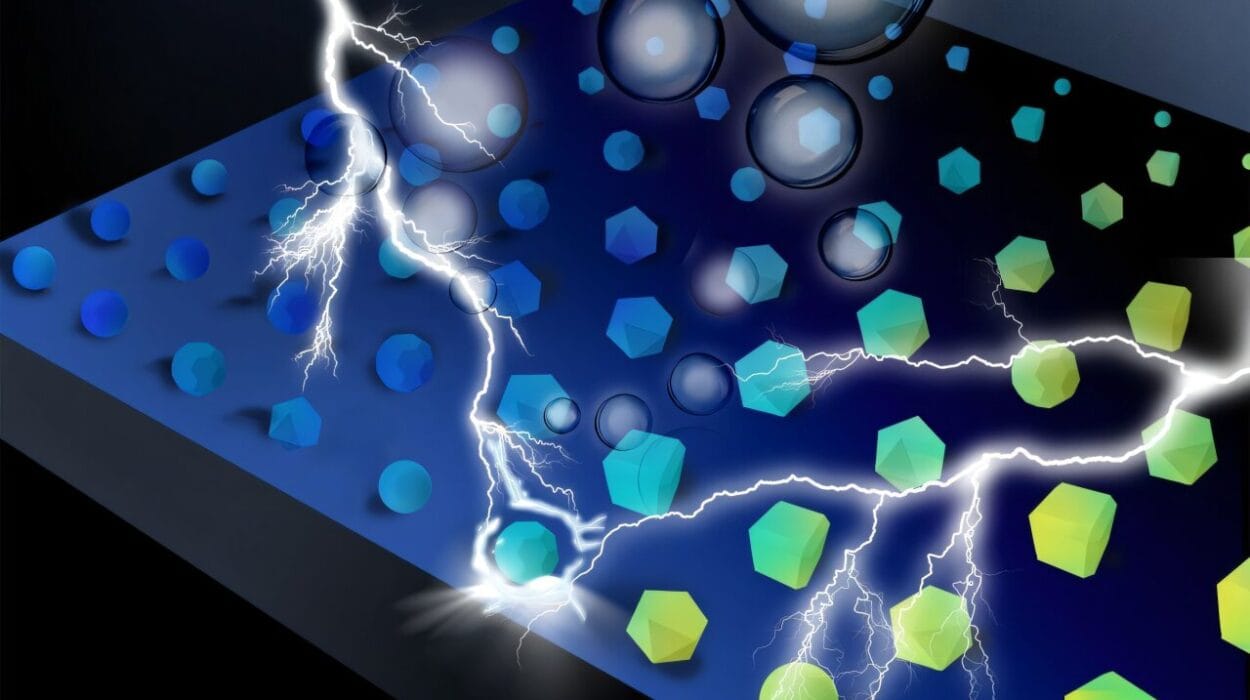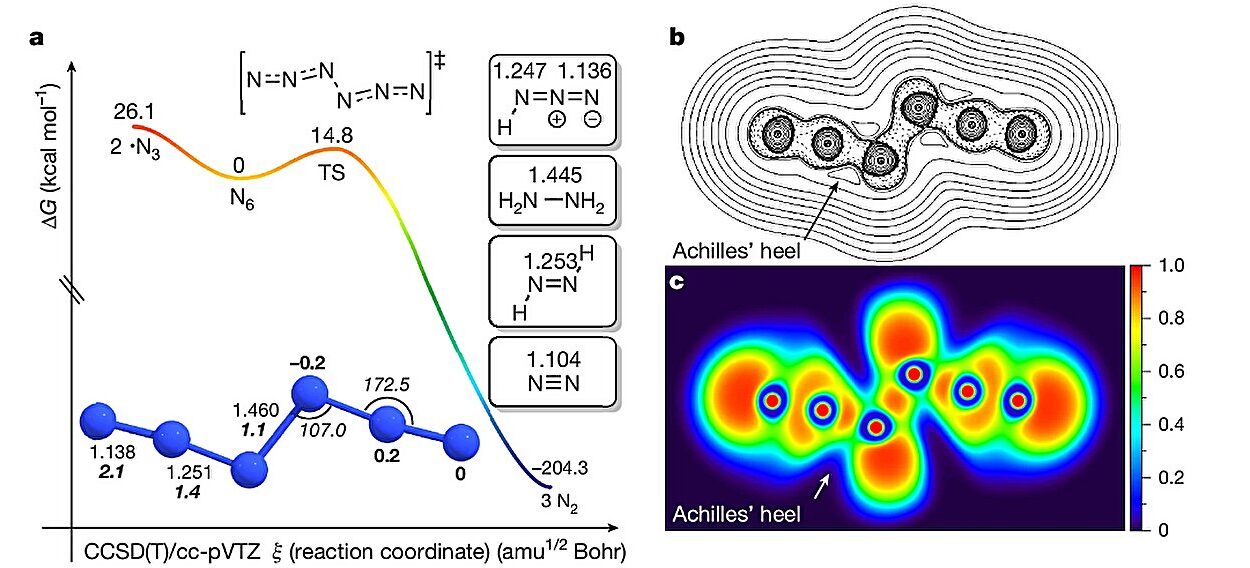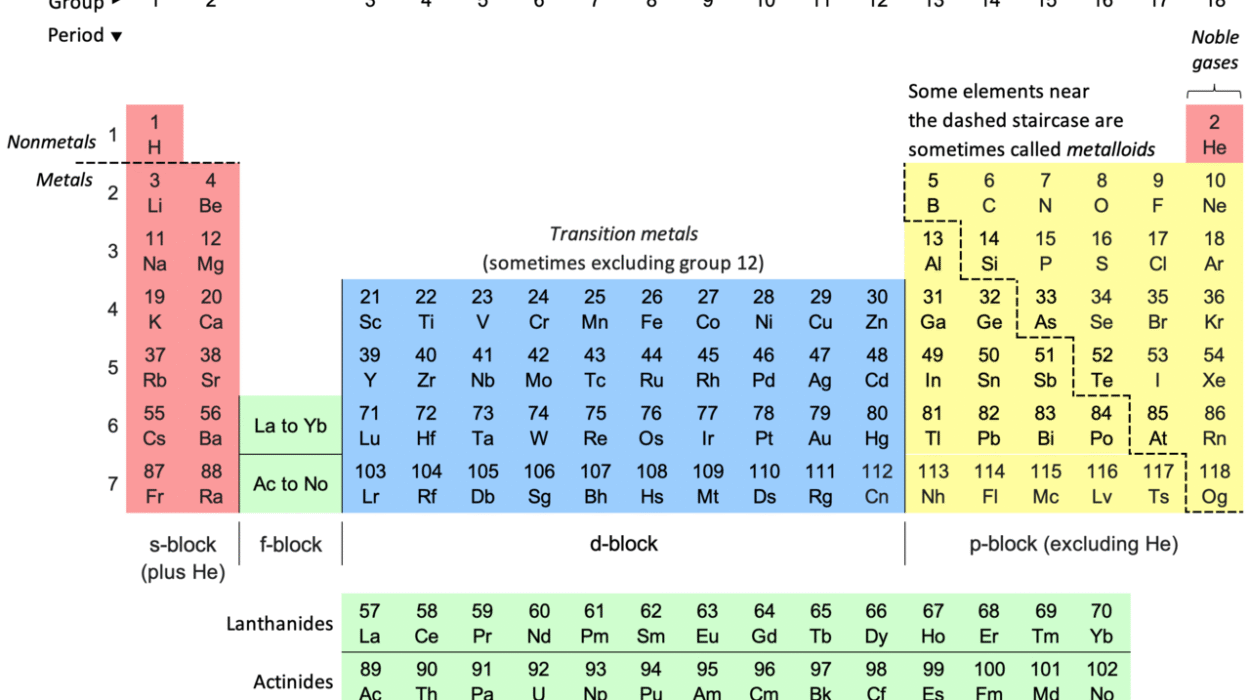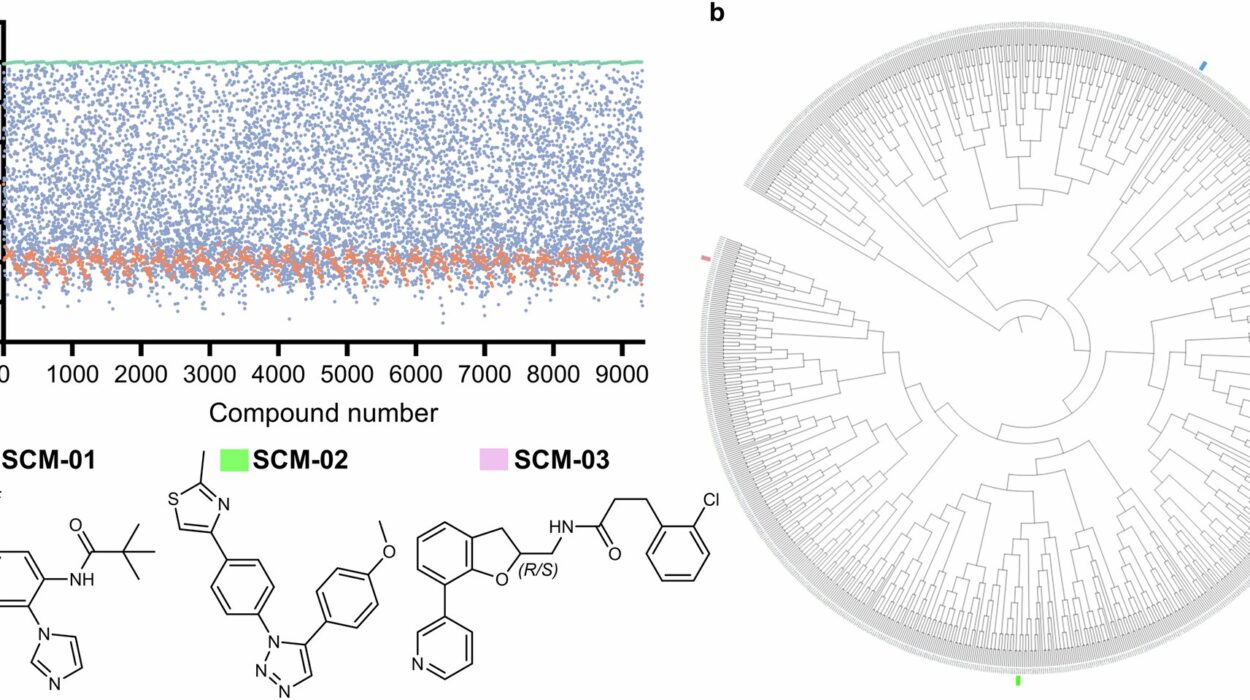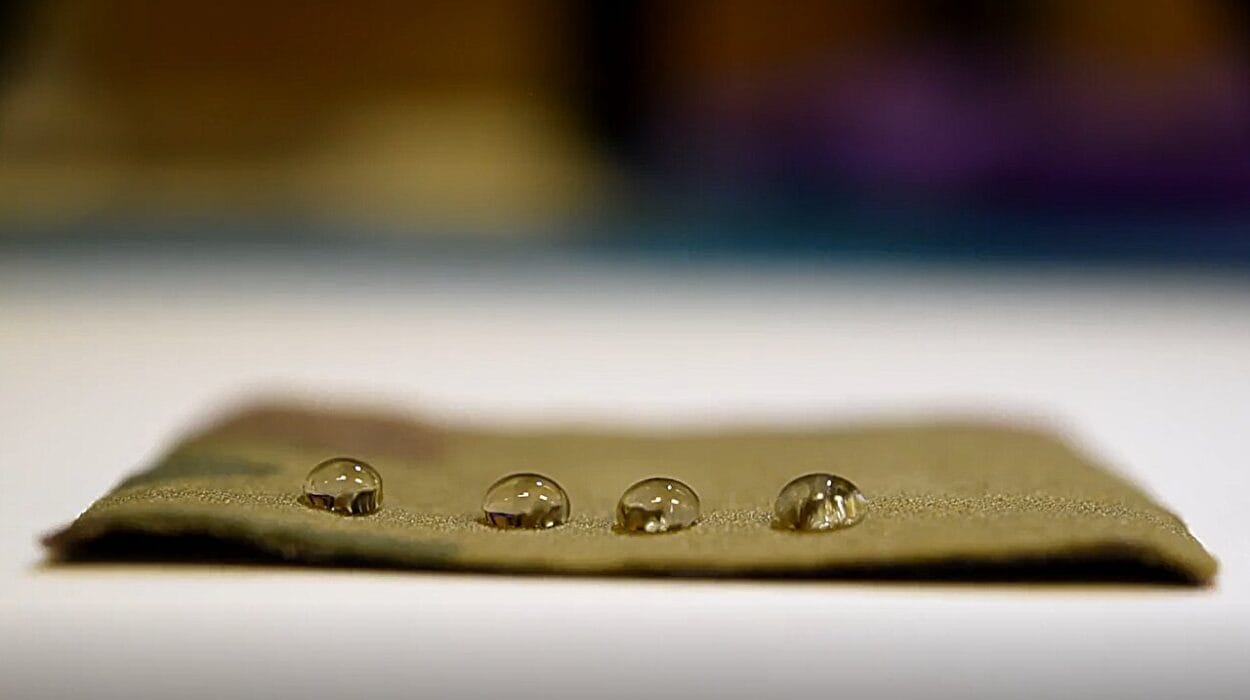Have you ever tried to squeeze water into a balloon that’s already full? The balloon pushes back. Try to sit in a canoe while leaning too far over one side—it tips to restore balance. Nature, in almost every situation, prefers stability. It dislikes extremes. It resists sudden change. This inherent preference for balance is not just a philosophical truth—it’s a chemical one.
Enter Le Chatelier’s Principle, a beautifully intuitive idea at the heart of chemical equilibrium. This principle doesn’t just describe a concept; it reveals the very personality of chemical systems: reactive, sensitive, and deeply committed to balance.
And yet, despite its elegant logic, Le Chatelier’s Principle can feel confusing when tangled up in jargon and formulae. But fear not. This article is your friendly guide to making Le Chatelier’s Principle not only understandable, but fascinating—even fun. Whether you’re a curious student, a science teacher looking for better explanations, or someone brushing up on chemistry for the joy of learning, you’re in the right place.
Let’s dive in.
The Heart of the Principle: Equilibrium and Stress
Before we can grasp what Le Chatelier’s Principle really says, we need to understand what it’s talking about: chemical equilibrium.
Imagine a reaction in a closed system, such as: N2(g)+3H2(g)⇌2NH3(g)\text{N}_2(g) + 3\text{H}_2(g) \rightleftharpoons 2\text{NH}_3(g)
This reaction doesn’t just go one way—from left to right. It goes in both directions, at the same time. That’s what the double arrow means. On the molecular level, nitrogen and hydrogen are continuously forming ammonia, and at the same time, ammonia is breaking back down into nitrogen and hydrogen. At equilibrium, the rates of the forward and reverse reactions are equal, and the concentrations of the substances remain constant (though not necessarily equal).
This balance is like a tug-of-war where both teams are equally strong. The rope isn’t moving, but the tension is real.
Now, what happens if you disturb that balance?
What if you add more nitrogen to the mix? Or remove ammonia? Or increase the pressure? Or change the temperature?
That’s where Le Chatelier steps in.
The Principle Explained (Without the Headache)
Here’s the classic wording of Le Chatelier’s Principle:
“If a system at equilibrium is subjected to a change in concentration, temperature, volume, or pressure, the system will adjust itself to counteract the imposed change and restore a new equilibrium.”
Translated: When you mess with a chemical system that’s in balance, it pushes back. Like a tightrope walker compensating to stay centered, the system shifts to undo your disruption.
In simple terms, it’s nature’s way of saying, “Don’t rock the boat!”
Let’s unpack the different kinds of disturbances that can shake up a chemical equilibrium—and how the system responds.
Concentration Changes: Adding or Removing Reactants or Products
Adding a Reactant
Let’s go back to our ammonia reaction: N2+3H2⇌2NH3\text{N}_2 + 3\text{H}_2 \rightleftharpoons 2\text{NH}_3
Say we pump more hydrogen gas into the system. Suddenly there’s more hydrogen than before. The system is out of balance. Le Chatelier’s Principle tells us that the system will shift to reduce the excess hydrogen.
How can it do that? By producing more ammonia, using up nitrogen and the extra hydrogen. The equilibrium “shifts to the right.”
Result: More NH₃, less H₂ and N₂ (eventually).
Removing a Product
Now imagine we start removing ammonia as it forms. The concentration of NH₃ drops. Again, the system wants to restore what was lost. It shifts to the right to produce more ammonia.
This is why removing a product is often used to drive a reaction forward in industrial chemistry. If you keep taking away the product, the system keeps making more.
Adding a Product or Removing a Reactant
Now reverse things. What happens if you add ammonia? The system will shift to the left, breaking ammonia back down to reduce its concentration. Likewise, removing nitrogen or hydrogen causes the system to shift left to replace what was lost.
In short:
- Add reactant → shifts right.
- Remove reactant → shifts left.
- Add product → shifts left.
- Remove product → shifts right.
The system always moves to counteract the change.
Temperature Changes: Heating and Cooling the Balance
Temperature changes don’t just mess with concentration—they add or remove energy from the system. To predict how equilibrium responds, we need to treat heat as a reactant or product.
Let’s rewrite our ammonia equation with heat included.
The forward reaction is exothermic (releases heat): N2+3H2⇌2NH3+heat\text{N}_2 + 3\text{H}_2 \rightleftharpoons 2\text{NH}_3 + \text{heat}
Increasing Temperature
When we heat the system, we’re adding heat—just like adding a product. According to Le Chatelier, the system will shift to absorb the extra heat—by favoring the endothermic direction, which is the reverse reaction.
Result: More nitrogen and hydrogen, less ammonia.
Decreasing Temperature
Now we cool the system, removing heat. It responds by shifting to produce heat, i.e., favoring the exothermic direction—the forward reaction.
Result: More ammonia, less nitrogen and hydrogen.
So when thinking about temperature:
- If you add heat, shift toward the endothermic direction.
- If you remove heat, shift toward the exothermic direction.
Pressure and Volume: The Squeeze Effect (Gases Only)
Pressure changes only matter for gases and only when there’s an uneven number of gas molecules on each side of the reaction.
Look again at our equation: N2(g)+3H2(g)⇌2NH3(g)\text{N}_2(g) + 3\text{H}_2(g) \rightleftharpoons 2\text{NH}_3(g)
On the left: 1 N₂ + 3 H₂ = 4 molecules
On the right: 2 NH₃ = 2 molecules
Increasing Pressure
If we compress the container, increasing pressure, the system responds by reducing the number of gas molecules—to lower pressure. That means shifting to the right, where fewer molecules exist.
Result: More ammonia.
Decreasing Pressure
Now we let the system expand. The pressure drops. The system responds by increasing the number of gas molecules—shifting left.
Result: More nitrogen and hydrogen.
Important caveat: If the number of gas molecules is the same on both sides, pressure changes have no effect on equilibrium position.
Catalysts: Accelerating Without Bias
What happens if you add a catalyst?
Surprisingly: nothing—at least not to the position of equilibrium.
A catalyst lowers the activation energy, speeding up both the forward and reverse reactions equally. The system reaches equilibrium faster, but the amounts of reactants and products at equilibrium don’t change.
It’s like giving both teams in our tug-of-war better shoes. They pull faster, but the balance point stays put.
Real-Life Applications: Le Chatelier in Action
Now that we understand the principle, let’s explore how it shows up in the real world—in industry, biology, the environment, and everyday life.
The Haber Process: Making Ammonia Efficiently
This is the classic example in every chemistry textbook, and for good reason.
The Haber process produces ammonia for fertilizers: N2+3H2⇌2NH3+heat\text{N}_2 + 3\text{H}_2 \rightleftharpoons 2\text{NH}_3 + \text{heat}
It’s exothermic and involves fewer gas molecules on the product side.
To maximize ammonia production, we:
- Use high pressure (favors fewer gas molecules → right shift).
- Use moderate temperature (low enough to favor exothermic reaction, but high enough for reasonable speed).
- Remove ammonia as it forms (pulls reaction forward).
The process is a masterclass in using Le Chatelier’s Principle to drive industrial chemistry.
Carbon Dioxide and Blood pH
Your body relies on chemical equilibrium every second. CO2+H2O⇌H2CO3⇌H++HCO3−\text{CO}_2 + \text{H}_2O \rightleftharpoons \text{H}_2CO_3 \rightleftharpoons \text{H}^+ + \text{HCO}_3^-
This system helps regulate your blood pH. When you breathe faster (say, during exercise), you blow off more CO₂. That pulls the equilibrium left, reducing H⁺ ions, and raising pH (less acidic).
Slow breathing retains CO₂, shifting right, increasing H⁺, lowering pH.
Your lungs and kidneys manage this delicate balance constantly.
Ocean Acidification
Rising CO₂ from the atmosphere dissolves in oceans: CO2+H2O⇌H2CO3⇌H++HCO3−\text{CO}_2 + \text{H}_2O \rightleftharpoons \text{H}_2CO_3 \rightleftharpoons \text{H}^+ + \text{HCO}_3^-
More atmospheric CO₂ pushes the equilibrium right, increasing H⁺ ions—acidifying the ocean. This disrupts ecosystems, harms coral reefs, and threatens marine life.
Again, Le Chatelier’s Principle explains the shift.
Tips for Mastering the Principle
Still feel a little shaky? That’s okay! Here are some ways to remember and master Le Chatelier’s Principle:
- Think directionally: What shift (left or right) would reduce the imposed change?
- Use the see-saw image: Add weight to one side? The system pushes toward the other.
- Treat heat as a chemical: It’s a product or reactant—don’t ignore it!
- Balance the molecules: More gas molecules mean more pressure impact.
- Don’t blame the catalyst: It helps speed things up, but doesn’t pick sides.
Beyond the Principle: Philosophical Reflections
What makes Le Chatelier’s Principle so satisfying isn’t just its utility in predicting chemical behavior. It’s how it echoes a universal truth.
Balance is everywhere. Systems resist change. Forces push and pull, but there’s always a response. It’s the reason economies react to supply and demand. It’s why ecosystems restore equilibrium after disturbance. It’s why humans adapt to change—biologically, socially, psychologically.
Le Chatelier’s Principle isn’t just about molecules. It’s about resilience. It’s about how systems self-correct, how stability emerges from chaos, how tension creates structure.
It’s chemistry’s version of karma.
Final Thoughts: Simplicity in the Center of Complexity
At first glance, Le Chatelier’s Principle can seem like a mountain of conditions, exceptions, and caveats. But at its core, it’s just this:
Chemical systems fight back against change.
That’s it. And once you internalize that, the mountain becomes a path—one you can walk with confidence.
Whether you’re solving equilibrium problems in class, managing an industrial process, or marveling at how your body keeps your blood pH stable, Le Chatelier’s Principle offers clarity. It’s a guiding compass, pointing you toward understanding in the complex dance of reactions.
So the next time a system shifts to keep its balance, smile—you’re watching Le Chatelier in action.

